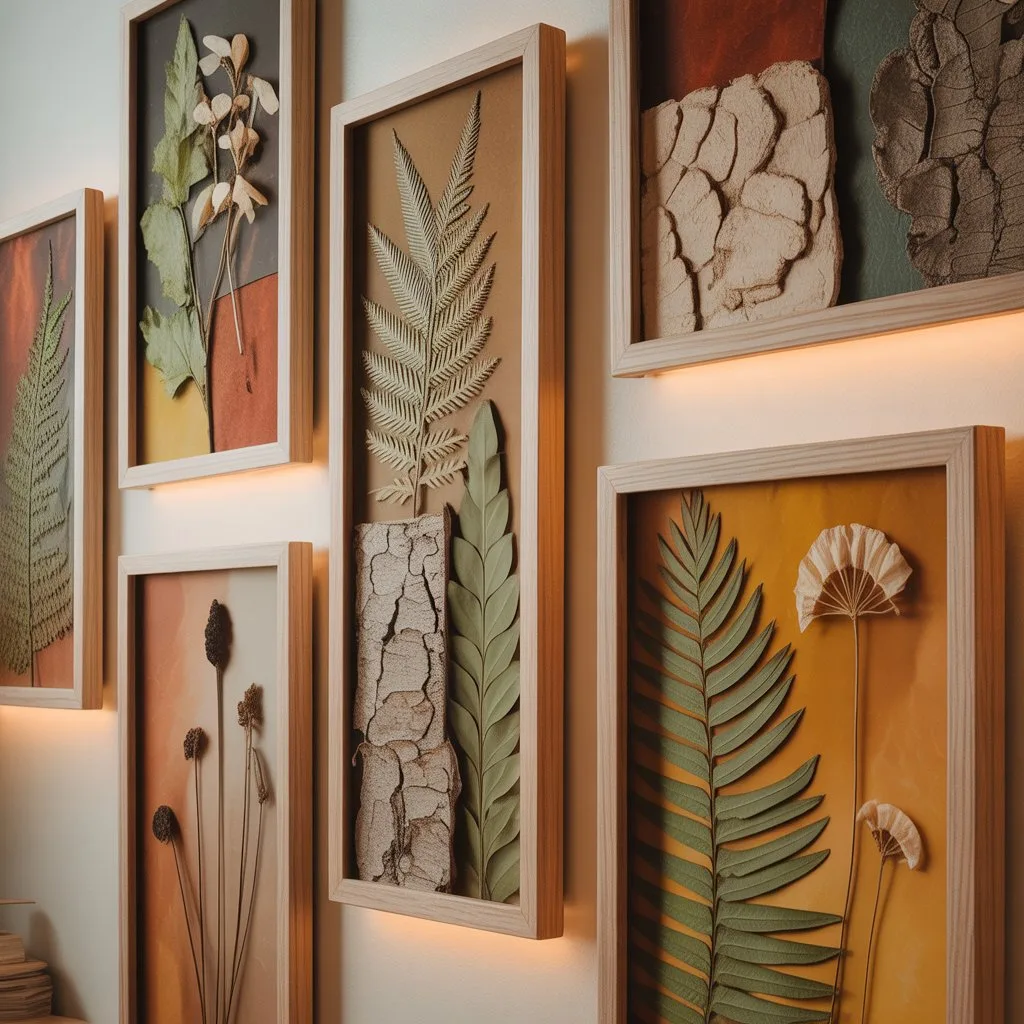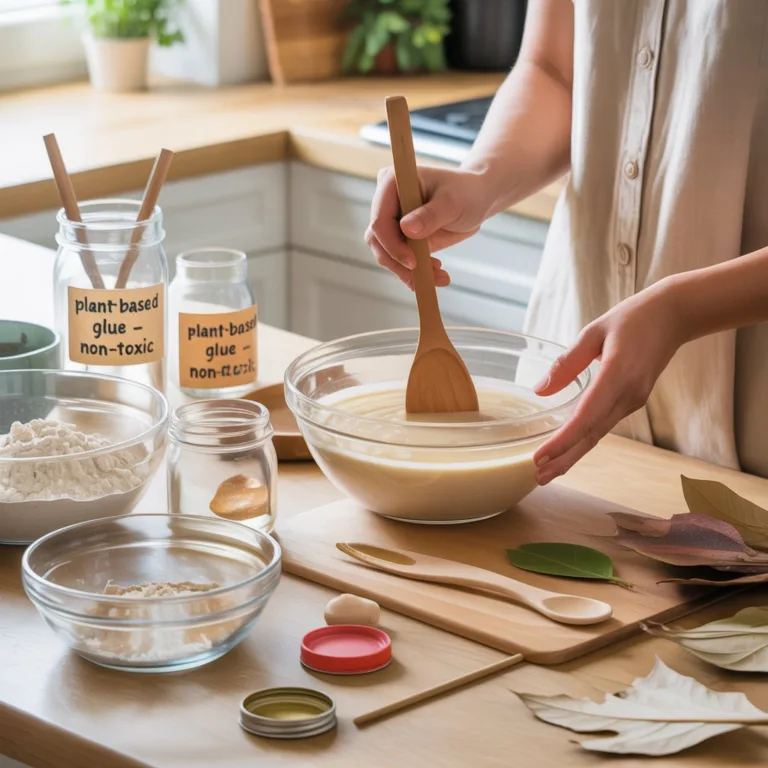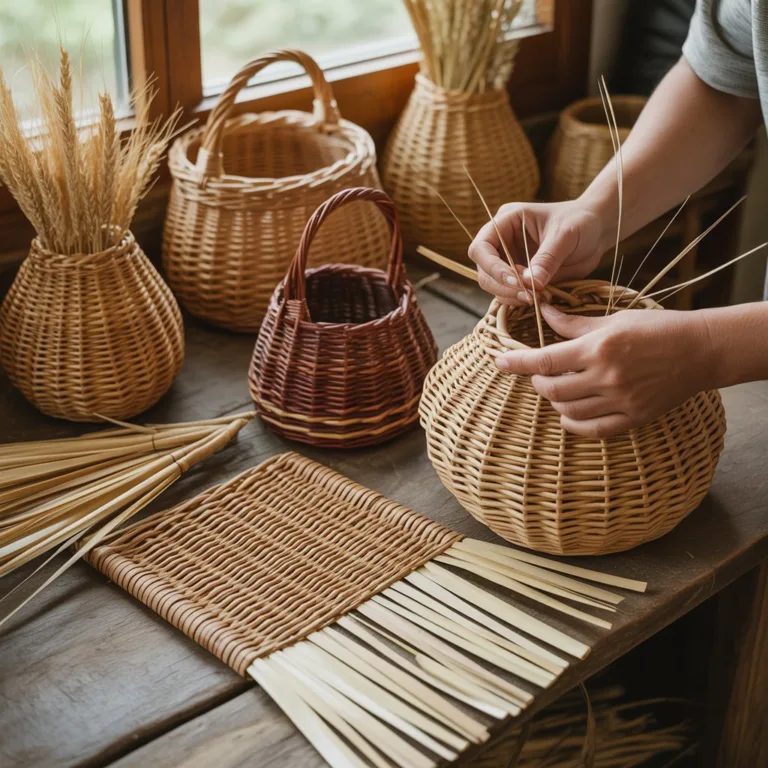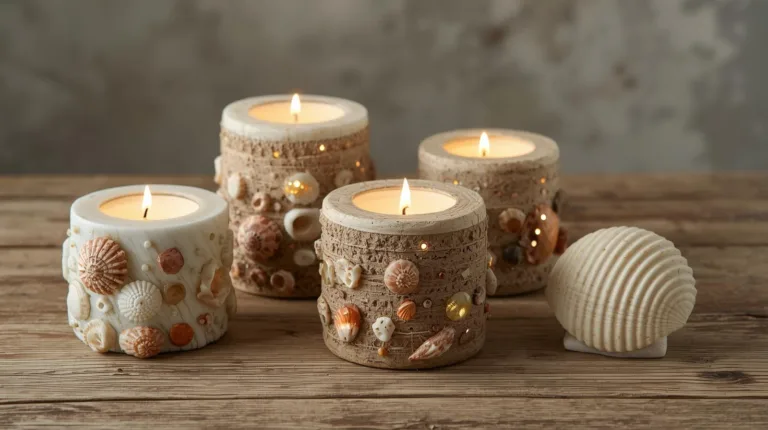In an age of digital screens and urban living, reconnecting with the natural world has never been more important. One of the most rewarding ways to bring that connection indoors is by creating nature-inspired wall art from organic textures. This form of eco-conscious creativity not only enhances your home décor but also celebrates the raw beauty of natural materials — bark, leaves, clay, sand, stones, and even bamboo fibers.

This kind of project is more than just decoration. It’s an invitation to observe the intricate details of the natural world, appreciate its textures, and translate them into lasting works of art. Whether you’re an experienced crafter or a beginner looking to explore sustainable projects, crafting nature-inspired wall art allows you to transform ordinary organic materials into extraordinary visual experiences.
The Essence of Nature-Inspired Art
Art inspired by nature reflects more than shapes and colors; it conveys a deep respect for the earth’s patterns and cycles. When we use organic textures — materials found in soil, plants, and natural surroundings — we bridge the gap between our indoor spaces and the living ecosystems outside.
This artistic approach goes beyond imitation. It’s about interpreting the essence of natural forms, emphasizing texture, asymmetry, and imperfection. In nature, no two leaves are alike; no two tree barks share identical grooves. By incorporating these details into wall art, you create a piece that feels alive and authentic.
This philosophy aligns beautifully with wabi-sabi, the Japanese aesthetic of appreciating imperfection and transience. A wall piece made from dried grasses or rough clay isn’t meant to look flawless — it’s meant to evoke harmony and honesty.
Why Use Organic Textures in Wall Art
Using organic textures brings tangible and emotional benefits:
- Visual depth and contrast: Natural surfaces add richness that synthetic materials often lack.
- Sustainability: Using organic or reclaimed elements minimizes waste and reliance on manufactured products.
- Connection to nature: Crafting with natural materials fosters mindfulness and appreciation for the environment.
- Tactile experience: Working with raw textures like bark, sand, and leaves engages your senses and enhances creativity.
These qualities make organic texture art ideal for eco-friendly homes, wellness spaces, classrooms, and community workshops.
Gathering and Selecting Natural Materials
The heart of nature-inspired art lies in the materials themselves. Collecting organic textures is both an artistic and meditative process. The key is to harvest responsibly, ensuring you don’t harm living ecosystems or disturb wildlife habitats.
Here are some excellent materials to start with:
- Leaves and ferns: Choose dried or fallen leaves with interesting vein patterns. Press them to retain shape.
- Bark and wood pieces: Look for naturally shed bark or small driftwood fragments with unique textures.
- Seeds, pods, and shells: Add rhythm and repetition to compositions with small, natural accents.
- Moss and lichen: Perfect for adding softness and subtle color variations.
- Bamboo fibers or slices: Offer linear patterns that complement modern, minimalist aesthetics.
- Soil, sand, or clay: Create textured backgrounds or relief patterns.
- Pressed flowers: Add color and delicacy to otherwise neutral compositions.
When collecting, carry a small basket or paper bag. Avoid taking from protected areas or pulling plants from the ground. Focus on reuse and renewal, using what nature has already discarded.
Preparing and Preserving Organic Textures
Natural materials need some care before they can be incorporated into lasting wall art. Preparation ensures durability and prevents deterioration over time.
- Cleaning: Gently brush off dirt and debris. Avoid harsh washing that could damage delicate materials.
- Drying: Lay leaves, flowers, or bark between sheets of paper and press under a heavy book for a week.
- Preservation: For long-lasting pieces, apply a light sealant such as natural beeswax, linseed oil, or eco-friendly varnish.
- Flattening and shaping: Use weights or gentle heating to reshape curled materials.
- Stabilizing: For fragile elements, attach them to a backing with clear adhesive or sewing thread before mounting.
These steps prepare your materials to last, maintaining both their beauty and integrity on your wall.
Designing with Nature’s Patterns
Before assembling your wall art, spend time observing natural compositions — the spiral of a seashell, the network of roots, or the symmetry of fern leaves. These natural geometries inspire balanced yet organic designs.
Here are some design approaches:
- Radial compositions: Arrange elements in circular patterns inspired by flowers or the sun.
- Linear structures: Use bamboo strips, reeds, or grasses to form horizontal or vertical rhythm.
- Asymmetrical balance: Combine large and small pieces to evoke the randomness of nature.
- Textural layering: Overlap different materials (e.g., bark over clay, moss over fabric) for depth.
- Contrast of tones: Mix light and dark materials to create visual interest and highlight texture.
Designing this way allows your piece to reflect both the simplicity and complexity of nature’s order.
Building Your Nature-Inspired Wall Art
Once your materials and design are ready, it’s time to construct your piece. The base can vary depending on the final effect you want.
For framed art:
Use a wooden or bamboo frame with a sturdy backing such as recycled cardboard, corkboard, or jute canvas. Arrange and secure materials using eco-friendly glue or natural resin.
For wall panels:
Stretch natural fabric (like linen or hemp) over a wooden frame. Attach textures in layers to create a sculptural surface.
For relief pieces:
Apply a base layer of clay or textured paint made from natural pigments and sand. Press leaves, shells, or bark into the surface while still pliable.
Each choice allows you to adapt the craft to your preferred aesthetic — rustic, minimalist, or vibrant and layered.
Enhancing Texture with Natural Pigments
Adding color enhances visual dimension without compromising the organic theme. Avoid synthetic paints, opting instead for natural pigments derived from earth and plants:
- Ochre and sienna: For warm, earthy tones.
- Charcoal and soot: For deep grays and blacks.
- Crushed flowers or berries: For soft pinks, purples, or reds.
- Ground chlorophyll or spirulina: For muted greens.
Mix these pigments with natural binders such as egg yolk (tempera), gum arabic, or milk casein. Brush them lightly over the textures or use them to stain backgrounds. The result is color that feels alive and cohesive with the materials themselves.
Combining Natural and Recycled Elements
Eco-friendly crafting encourages innovation. Blending organic textures with recycled materials adds contrast while reducing waste even further.
Try pairing:
- Dried leaves with recycled paper pulp to create embossed collages.
- Driftwood pieces on backgrounds made from reused fabric.
- Clay or soil texture mixed with shredded cardboard.
- Bamboo slices embedded in old wooden trays.
These combinations reinforce sustainability while opening creative possibilities. Recycled materials act as a bridge between natural beauty and modern living.
Exploring Different Artistic Styles
Nature-inspired wall art can take many stylistic directions. The style you choose can reflect personal taste, interior design, or the message you wish to convey.
- Abstract compositions: Focus on form, movement, and contrast without representing specific objects.
- Botanical impressions: Press leaves or flowers into clay or plaster to leave detailed imprints.
- Minimalist designs: Highlight one strong texture, like bark or grass, against a clean background.
- Mosaic arrangements: Use small pieces of shell, seed, or pebble to create images or patterns.
- Textural storytelling: Combine various materials to represent natural scenes — forests, rivers, or landscapes.
Each approach celebrates nature differently, but all share the same essence: the transformation of natural forms into expressive art.
Making It Interactive and Educational
This project is perfect for educational and community settings. Teachers and environmental educators can use nature-inspired wall art to help students connect art and ecology.
- Encourage students to collect fallen leaves, stones, or bark responsibly.
- Discuss where each material comes from and its role in the ecosystem.
- Create collective murals illustrating natural cycles — seasons, habitats, or growth.
- Explore sensory learning by letting children feel different textures and describe them.
By making it participatory, you turn art-making into an exploration of both creativity and environmental awareness.
Preserving and Displaying Your Artwork
Once your piece is complete, proper display and care will ensure it remains beautiful for years.
- Placement: Keep away from direct sunlight, moisture, and strong airflow to prevent fading or warping.
- Framing: For fragile items, use shadow boxes or protective glass to keep dust away.
- Cleaning: Gently dust with a soft brush; never use water or harsh chemicals.
- Rotation: Consider rotating artworks seasonally to keep your space dynamic and preserve delicate materials.
Displaying your nature-inspired art is not just aesthetic — it serves as a constant reminder of the importance of ecological harmony in daily life.
The Mindful Experience of Crafting with Nature
The act of creating with natural textures fosters mindfulness and grounding. Each step — from collecting materials to feeling their surfaces and arranging them — cultivates awareness and appreciation.
Many artisans describe this process as meditative. The repetitive motions of pressing, gluing, and layering slow down the mind, inviting calm and focus. The materials themselves — cool stones, rough bark, soft moss — engage the senses, anchoring you in the present moment.
Crafting in this way becomes a dialogue with nature: you learn to listen, observe, and respect its rhythm. The result isn’t just wall art but a reflection of your relationship with the environment.
From Walls to Wellbeing
Beyond decoration, nature-inspired art can enhance mental and emotional wellbeing. Studies in biophilic design — the concept of integrating nature into living spaces — show that natural textures and colors reduce stress, improve focus, and promote a sense of peace.
A wall adorned with organic art transforms a room into a sanctuary. The tactile appeal of bark, the calm tones of earth pigments, and the gentle irregularity of natural forms remind us of nature’s inherent balance. In a world dominated by synthetic surroundings, such art helps restore harmony between the human spirit and the natural world.
A Canvas for Sustainable Imagination
Creating nature-inspired wall art from organic textures is an act of creativity, sustainability, and mindfulness. It teaches resourcefulness, celebrates imperfection, and transforms humble materials into lasting beauty.
Each piece tells a story — of fallen leaves that once swayed in the breeze, of soil that nourished roots, of fibers that connected ecosystems. When you bring these textures into your home, you don’t just decorate your walls; you weave the poetry of the earth into your daily life.
Let your next creative project be a conversation with nature. Gather, create, and let organic textures remind you that art is not only what we make with our hands, but also what we preserve with our hearts.

Lucas Hartman is a DIY enthusiast and sustainability advocate focused on natural crafts and eco-friendly home décor. With a background in arts and design, Lucas creates tutorials that help families and hobbyists transform everyday recycled or organic materials into beautiful, functional projects.



